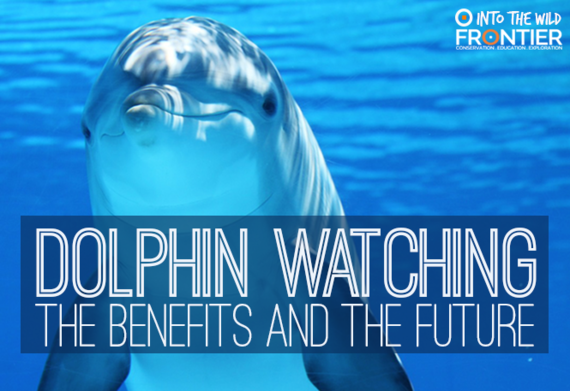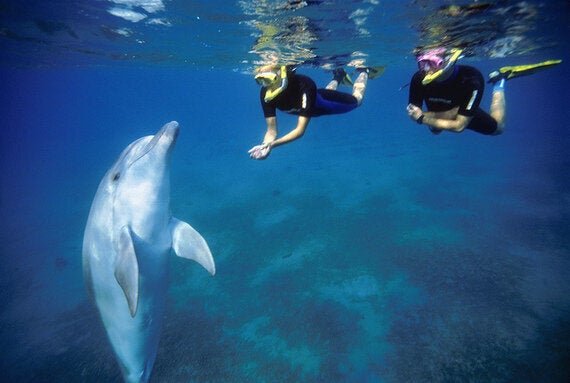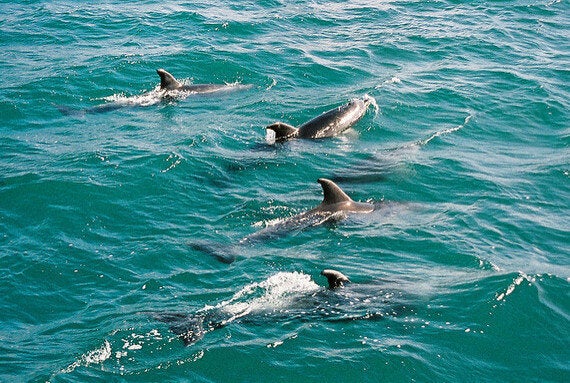
Dolphin watching has grown to be one of the most successful types of tourism in the world, offering economic returns as well as educational, research, and conservation benefits. It has shown a growth rate 3 to 4 times higher than other forms of tourism and has transformed many communities. It does however beg the question: Can this industry remain sustainable and continue to have the benefits, economic and ecological, for the communities?
In addition to the obvious direct economic benefits to the local communities that come hand-in-hand with increased tourism, dolphin watching can help provide indirect benefits such as an alternative source of income and a diversification in business for competing local stakeholders. A solid example of such stakeholders are local fisheries. Fisheries are known to be impacted by dolphin populations not only through competition for fish stocks but also through the inadvertent destruction of fishing equipment by the animals. In many cases dolphin populations have even been known to be actively culled because of it. A dolphin watching industry in which people who would otherwise be competitors are employed, instantly transforms them into allies with a vested interest in protecting cetaceans.

The goal however of high quality, sustainable dolphin watching is not just for it to be commercially successful and sustainable. Dolphin watching has as a main mission to educate people about the sea and the need for its conservation. The appeal of dolphins can in a way be "used" as a flagship species to promote a more general biophilic sense in urban humans and inspire them to preserve and protect
the marine environment.
Reducing ones "footprint" is a key concept in the provision of high quality dolphin watching. This would include (among others) limitations such as reducing the time and area in which whale watching boats can be active which can massively help with reducing the ecological impact the industry may have, limitations in the distance that must be maintained when approaching the animals, the number of boats that can approach a group of animals at any given time, the time they can remain in their vicinity and the times a particular group can be repeatedly visited.
To judge the success of the industry, one has to weigh the benefits of the industry against its disadvantages. The key elements in achieving the desired outcome, as defined by Erich Hoyt in "A Blueprint for Dolphin and Whale Watching Development, are the following:
•Good long-term management
•Strict and regular scientific input
•Attention to the values of conservation
•Investment in people, both local and visiting, good customer care and community relations
•Educational input and output

For such strategies to work there is however a need for a strong legal component with regulations, enforcement, and education as well as close cooperation between dolphin-watching operations, government agencies, NGOs and researchers.
As a conclusion, dolphin-watching can be massively beneficial both economically and with respect to conservation and education, however considering the growth rate of the industry, the success or failure in this endeavor currently balances on the tip on the knife and depends on highly controlled ethical and responsible management and practice informed by scientific research.
By Kimon - Assistant Research Officer
Frontier runs conservation, development, teaching and adventure travel projects in over 50 countries worldwide - so join us and explore the world!
See more from our volunteers #Frontiervolunteer
